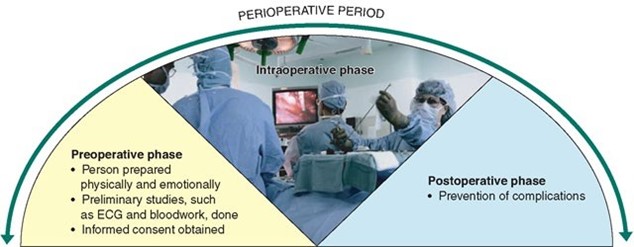The practical nurse (PN) learns that a client who is receiving chemotherapy has developed stomatitis. Which information should the PN obtain from the client during a focused assessment?
Urinary output.
Blood pressure while standing.
Ability to swallow.
Frequency of bowel movements.
The Correct Answer is C
Choice A rationale:
Urinary output is not directly related to stomatitis, which is inflammation of the mouth and throat. While monitoring urinary output is important in many situations, it is not relevant in this case.
Choice B rationale:
Blood pressure while standing is not directly related to stomatitis either. This assessment is more relevant for conditions such as orthostatic hypotension, which can cause a drop in blood pressure upon standing.
Choice C rationale:
Ability to swallow is crucial in the context of stomatitis. Stomatitis can cause painful sores in the mouth, making it difficult for the client to eat or drink. Assessing the client's ability to swallow will help determine the impact of stomatitis on their nutritional intake and overall well-being.
Choice D rationale:
Frequency of bowel movements is unrelated to stomatitis. This assessment is more relevant for gastrointestinal issues or constipation, not for a condition affecting the mouth and throat.
Nursing Test Bank
Naxlex Comprehensive Predictor Exams
Related Questions
Correct Answer is A
Explanation
The correct answer is Choice A. Temperature. Choice A rationale:
The practical nurse (PN) should complete the data collection for temperature first. A large amount of sanguineous drainage on the abdominal incision dressing could indicate possible infection or a change in the client's condition. Elevated temperature may be an early sign of infection, which requires immediate attention and appropriate intervention.
Choice B rationale:
Assessing the pain scale is important, but it can be addressed after completing the data collection for temperature. Pain assessment is essential for providing appropriate pain management, but it is not the most urgent concern when there is a significant amount of drainage from the incision site.
Choice C rationale:
Checking bowel sounds is relevant in postoperative care, but it is not the priority at this moment. Abdominal incision drainage takes precedence as it may indicate a more critical issue that requires immediate attention.
Choice D rationale:
Monitoring blood pressure is essential, but it is not the most immediate concern in this scenario. A large amount of sanguineous drainage from the abdominal incision takes precedence over blood pressure monitoring at this time.
Correct Answer is ["B","C","D"]
Explanation
These are the information that the PN should obtain prior to administering pain medication to an adult postoperative client because they help to assess the client's current pain level, response to previous medication, and need for further intervention. The PN should also document this information in the medical record and report any changes or concerns.

A. Height and weight of client prior to admission are not relevant for administering pain medication and may not affect the dosage or route of the medication.
E. History of pain medication use during the past year is not relevant for administering pain medication and may not indicate the client's tolerance or preference for the medication.
Whether you are a student looking to ace your exams or a practicing nurse seeking to enhance your expertise , our nursing education contents will empower you with the confidence and competence to make a difference in the lives of patients and become a respected leader in the healthcare field.
Visit Naxlex, invest in your future and unlock endless possibilities with our unparalleled nursing education contents today
Report Wrong Answer on the Current Question
Do you disagree with the answer? If yes, what is your expected answer? Explain.
Kindly be descriptive with the issue you are facing.
